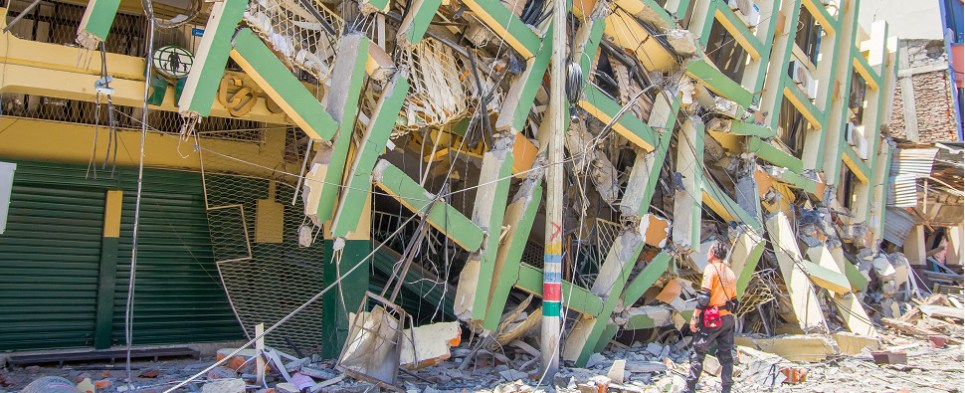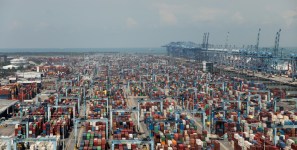The Logistics of Humanitarian Aid
When a 7.8 Richter-scale earthquake struck Ecuador in mid-April, logistics and supply-chain companies in the United States were moved to try and help the victims.
They were able to do so, luckily for those injured and rendered homeless from the disaster, because there is an infrastructure in place that combines logistics providers, nonprofit organizations, and government actors, that is able to rush humanitarian aid to where it is needed.
By the end of April, shipments of food, medicines, and other supplies were being rushed to the disaster area.
The American Logistics Aid Network (ALAN) is a nonprofit that has been involved in disaster relief for almost 11 years, having been organized in reaction to nightmare caused by Hurricane Katrina in August 2005.
“We were formed by several supply-chain associations to serve as their philanthropic arm,” said Kathy Fulton, ALAN’s executive director, “and also to facilitate information flows between responders and the supply-chain community.
“Government resources can’t do it all,” Fulton added. “Businesses have gotten more engaged with relief groups and philanthropic and humanitarian organizations to work on responses.” The logistics companies ALAN works with donate their services to the relief efforts.
Not surprisingly, humanitarian relief supply chains are vastly different than those in commercial environments. “Supply chain flows generally encompass information, goods, and money,” noted Fulton. “In a disaster setting, information is the most crucial. In a commercial supply chain, demand can be ascertained by doing market assessments. In the case of disaster relief, we don’t even know where the goods are going until after the event.”
In the case of Ecuador, initial assessments changed as aftershocks affected additional populations and locations.
“Roads are often taken out during disasters,” said Fulton. “Last-mile distribution is always the big challenge.”
The nonprofits already in-country are the ones that usually take care of that. “We manage the delivery to them and the nonprofits manage the distribution,” said Fulton. “They are already there so they already have distribution networks in place.”
Performance metrics also differ between commercial and humanitarian supply-chains. “Commercial supply chains are all about speed and profits and customer satisfaction,” said Fulton. “In the case of disaster relief, the key performance metric is how fast we can get it there to save lives and we worry about the costs later.”
With all of this infrastructure in place, ALAN was able to jump into action once the earthquake in Ecuador struck. The task was to figure out which nonprofits they should work with and which logistics providers might be best equipped to provide services.
One interesting wrinkle to the Ecuador situation is that it occurred weeks before Mother’s Day, when shipments of fresh flowers from South America abound. “That meant there was backhaul potential going towards Ecuador” which was coordinated through one of ALAN’s partners, said Fulton.
Much of the relief supplies were staged in the Chicago area where logistics provider Kane is Able donated warehouse space. Deliveries to Ecuador were managed through Miami where Performance Team provided warehousing support and handled consolidation and delivery to the airport.
“In total we had around 20 different groups participating in this effort,” said Fulton. The first shipment left on April 29 and the last on July 2, after specific medicines were requested by hospitals.” ALAN’s Ecuador project is now closed.
“With response activities like this event, we don’t want to get in the way of local commercial activities,” Fulton noted. “Once local providers get back up and running there is no need to send free stuff into the region.”





Leave a Reply